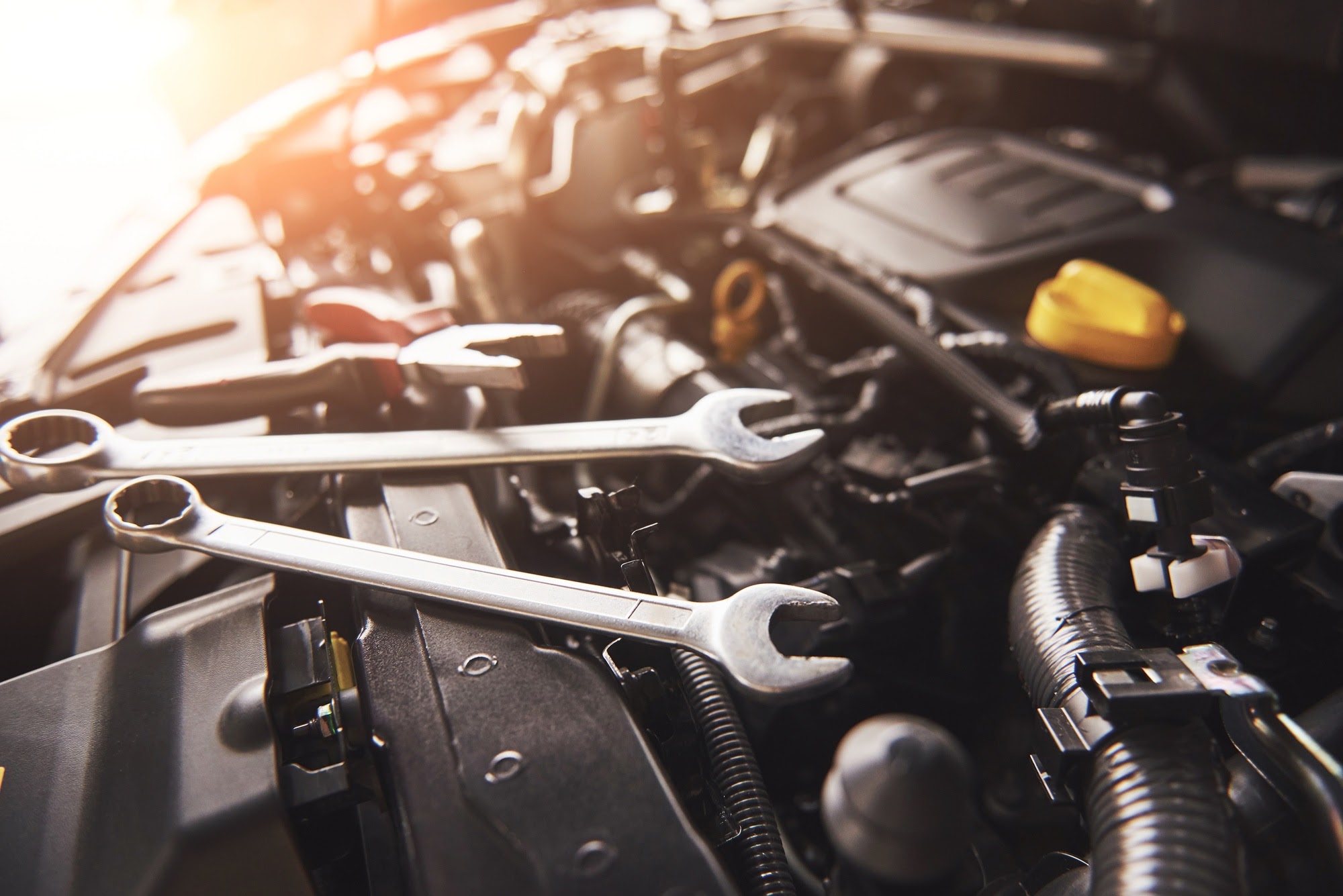Your car doesn’t just take you places — it’s part of your life, quietly doing the heavy lifting. Giving it a little care in return is just the basics. You don’t always need a mechanic or a service appointment to keep things running smoothly. Simple, at-home maintenance can prevent major issues, save money, and improve your driving experience. Let’s break down what every car owner should actually know.
What Does DIY Car Maintenance Mean?
It’s not about fixing a transmission or rebuilding an engine — leave that to the experts. DIY maintenance means handling the basics: things you can check, top up, or clean at home. These small actions keep your vehicle reliable and extend its life. Plus, when you know what “normal” looks like for your car, you’re more likely to catch issues early. Now, let’s look at the most important DIY tips worth adding to your routine.
10 DIY Car Maintenance Tips
The following are some of the key maintenance tips:
1. Check Tyre Pressure and Condition Regularly
Tyres affect everything from safety to fuel economy. Underinflated tyres wear out quicker and burn more fuel. Checking the pressure takes just a minute—do it every couple of weeks or before a long drive. Also, keep an eye on the tyre tread. Uneven or low tread? Rotate them or plan for a replacement.
2. Keep Your Engine Oil in Check
Engine oil lubricates moving parts and keeps heat under control. Check the level with the dipstick once a month. If it looks too dark or thick, change it. Your owner’s manual will tell you how often, but an oil change every 8,000 to 10,000 km is usually a safe bet.
3. Take a Look at the Battery
Batteries don’t give a lot of warning before they fail. Every few weeks, open the bonnet and inspect the terminals. White or blue deposits mean corrosion; gently clean them with a baking soda and water mix. If your battery is over three years old, test it more often.
4. Replace the Air Filter When It’s Dirty
Your engine needs clean air to perform well. A clogged air filter means reduced power and increased fuel consumption. Open the air filter box, take a look — if it’s dirty or grey, it’s time to replace it. Most replacements take five minutes and don’t require tools.
5. Listen to Your Brakes
Brake pads wear out over time, and your car usually gives signs — squeaking, a soft brake pedal, or the car pulling to one side while stopping. If something doesn’t feel right, don’t delay. Knowing when to replace them matters even if you don’t replace pads yourself.
6. Monitor the Coolant Level
Coolant keeps your engine from overheating. When the engine is cold, check the reservoir — the level should be between the min and max marks. If it’s low, top it up with the right mix of coolant and water. Never open the radiator cap when the engine is hot — the pressure can cause injury.
7. Clean the Interiors and Cabin Filter
A clean car interior isn’t just about aesthetics. Dust and grime can affect air quality inside the cabin. Vacuum weekly, wipe surfaces with a microfibre cloth, and check the cabin air filter every few months — especially if the AC smells dusty or airflow is weak.
8. Keep Essential Tools Handy
You don’t need a complete kit, but a few essentials make a difference. A tyre inflator, torch, jumper cables or a jump starter, and a basic screwdriver set can be helpful. Add an emergency triangle and a tyre puncture repair kit if you drive long distances.
9. Don't Forget Windshield Washer Fluid
Visibility is crucial, and a dirty windshield makes driving risky. Top up your washer fluid whenever it runs low, especially during monsoon or dusty months. It’s one of the easiest DIY jobs, and often ignored.
10. Stay Updated on Documents and Insurance
Maintenance isn’t just mechanical. Keep the valid insurance, RC, and emission certificate in the vehicle.
Final Thoughts
DIY car maintenance isn’t about doing everything. It’s about doing just enough regularly to ensure your car stays reliable and safe. These checks don’t take long, don’t require tools you don’t already have, and save you a world of trouble. Even better, when you’re familiar with your car’s condition, you’re less likely to be misled during service visits. And when you're ever unsure—whether for your vehicle’s brake configuration, or tyre size—ackodrive.com is a useful platform to explore your car inside out. The more you understand your car, the better you’ll take care of it.

